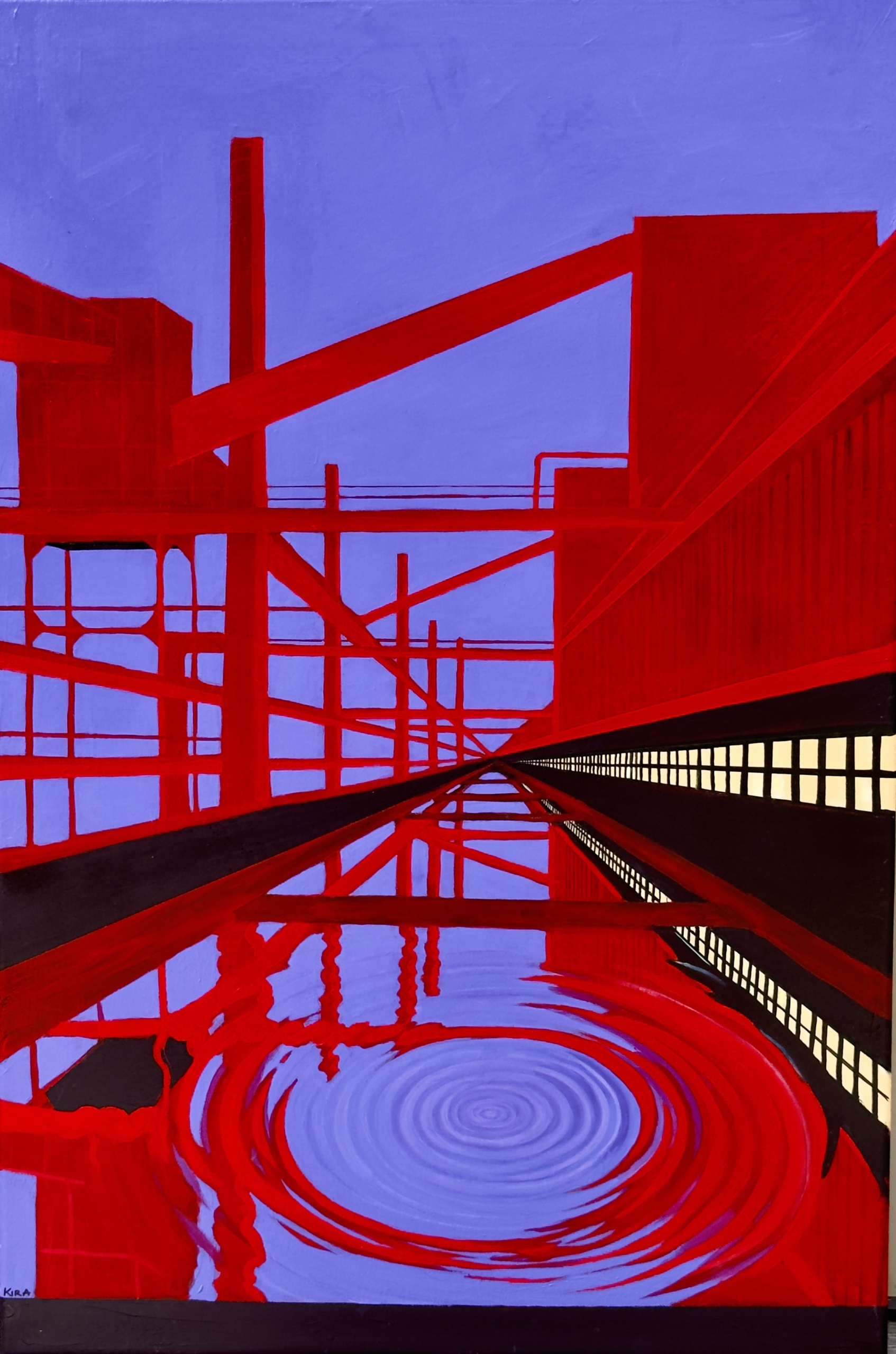Painting the In-Between: A Contemporary Take on Americana
Welcome, and thank you for visiting my portfolio. This painting series is a visual exploration of Americana—corner stores, gas stations, and motels—spaces that may seem ordinary but are rich with cultural memory and quiet significance. These works celebrate what I call liminal spaces: transitional places where movement pauses, time feels suspended, and stories linger just beneath the surface.
These roadside landmarks are woven into the American visual experience. They exist in our periphery, passed without pause on daily commutes or long highway drives. In my paintings, I slow them down. I isolate them. I let their forms breathe and their colors speak. What emerges is something emotionally charged and deeply rooted in place.
My Approach: Color, Memory, and Acrylic on Canvas
I work primarily in acrylic, building compositions that emphasize bold color, graphic clarity, and subtle atmospheric tension. The palette I use is intentionally saturated—bright hues that resist sepia-toned nostalgia and instead emphasize vitality. These are not romanticized ruins, but living structures that hold space in our collective imagination.
Each painting begins with a structure I’ve seen, sketched, or photographed—often from real places in the American Rust Belt. From there, I abstract and reconstruct, focusing on the elements that resonate emotionally: the tilt of a neon sign, the wash of artificial light on pavement, the quiet tension of an empty parking lot.
Why Americana?
Americana holds a unique place in contemporary art. It speaks to a shared language of identity, class, movement, and memory. These buildings and signs might be modest, even forgotten, but they are markers of human presence and cultural continuity.
In this series, I treat these locations as more than subject matter—they are protagonists. They stand as metaphors for change, impermanence, and the beauty of the overlooked. My goal is not to document but to elevate: to make space for reverence where others might see decline.
An Invitation to Look Again
Through this work, I invite you to reconsider what is familiar. To see the ordinary not as mundane, but as poetic. Whether you recognize a scene from your own hometown or feel the quiet pull of nostalgia, these paintings aim to hold that in-between feeling—the stillness, the distance, the emotional weight of passing through.
Thank you for taking the time to explore this series. If you’d like to see the paintings themselves, click here to view the collection. I hope they resonate with you as much as the spaces that inspired them have resonated with me.













